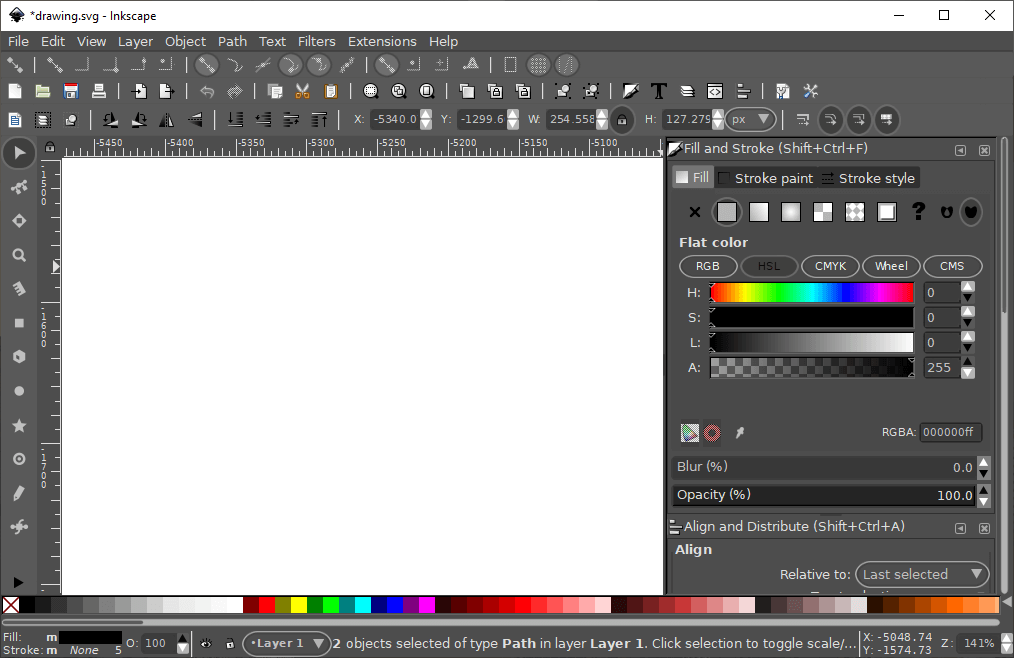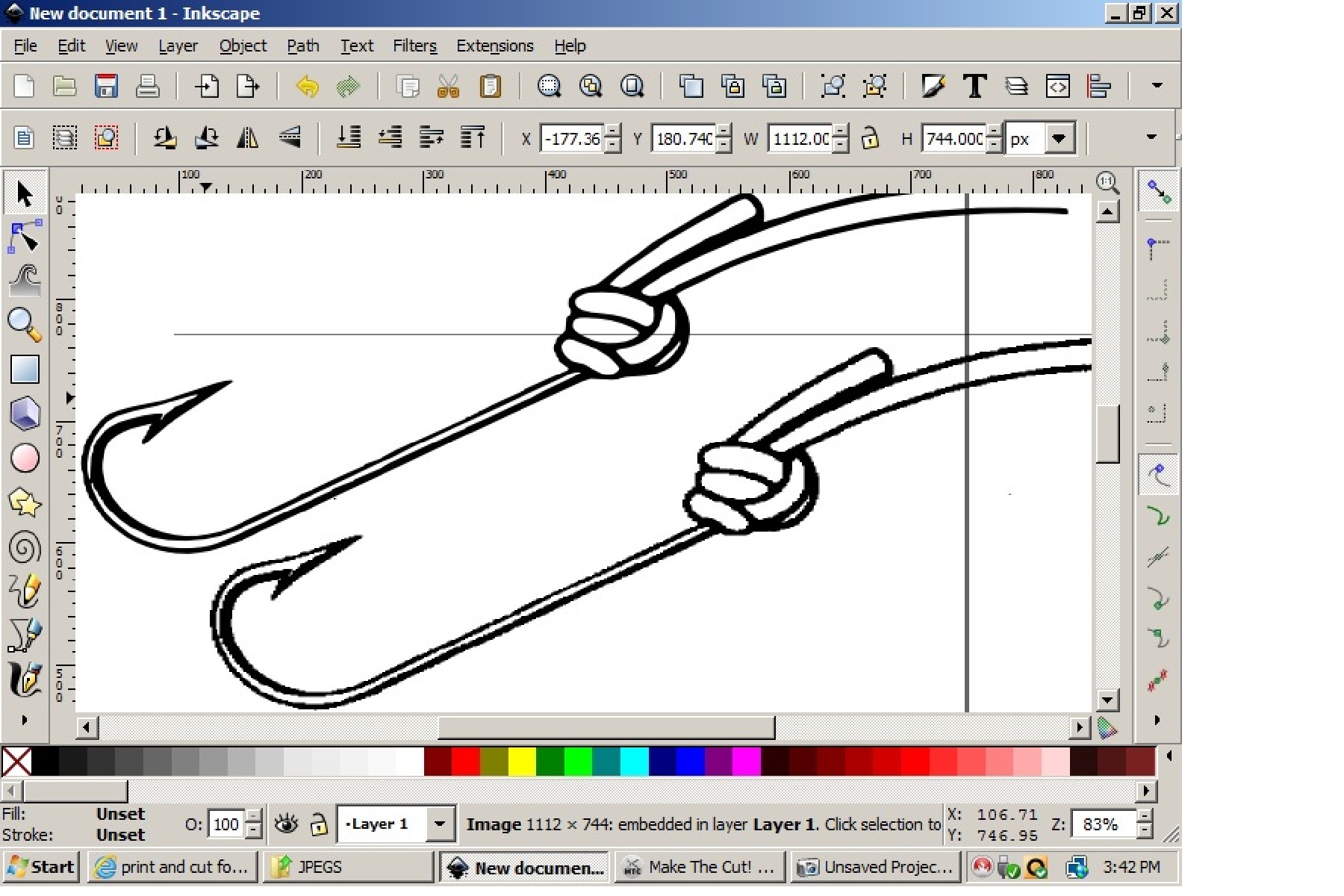

Select all paths and then Extensions -> Modify Path -> Add Nodes. Add more vertices to approximate straight segments to arcs. All arcs must be replaced by straight segments. then it must be converted to path manually (Shift+Ctrl+C).Ĥ. If you have another regular shape as circle, rectangle, text etc. Create two circles so that one contains the other. Make the hole by subtracting them ( Ctrl - ).The result will be a path.ģ. They will be honoured during the import.Ģ. Under the Inkscape set document units to mm/inches. So if we want to import shapes - we must convert them to lines.Įxample: how to create round PCB shape with round hole in it?ġ.

Most likely the Eagle can import only straight lines. The reason lays in used shape types in Inkscape. Unfortunately the Eagle most likely will not read such a DXF. Eagle accepts DXFs so first we have to export our project to DXF. Many people can't manage with importing PCB shapes from projects done under Inkscape SVG.


 0 kommentar(er)
0 kommentar(er)
